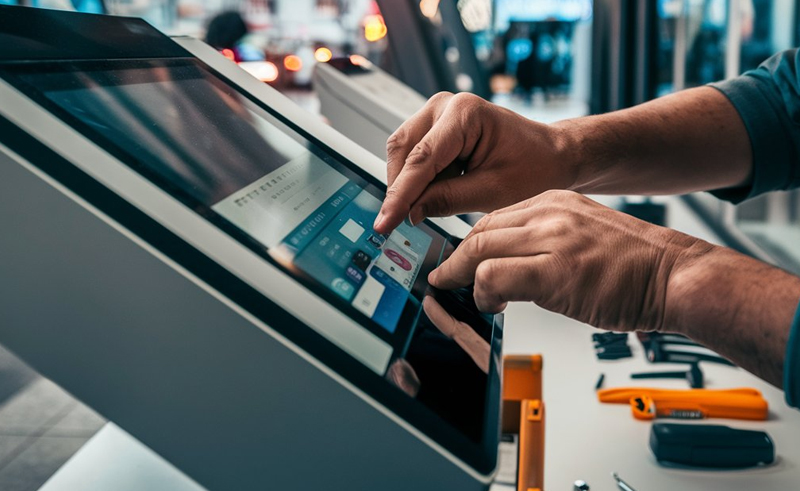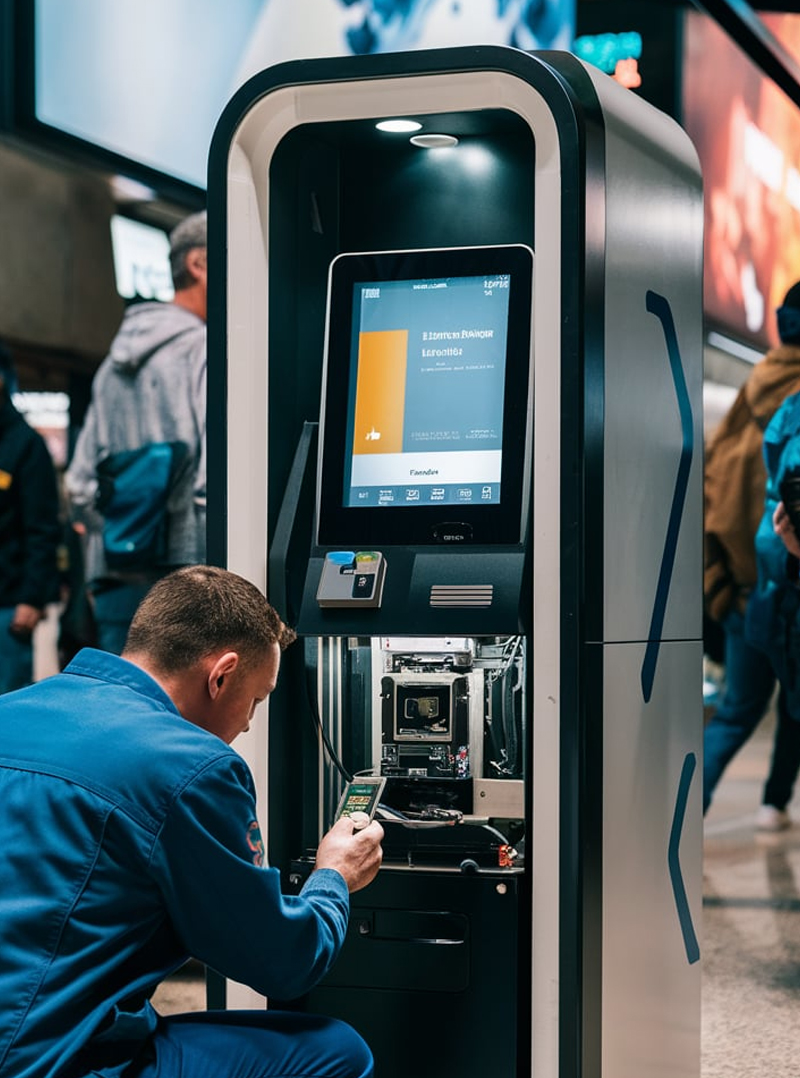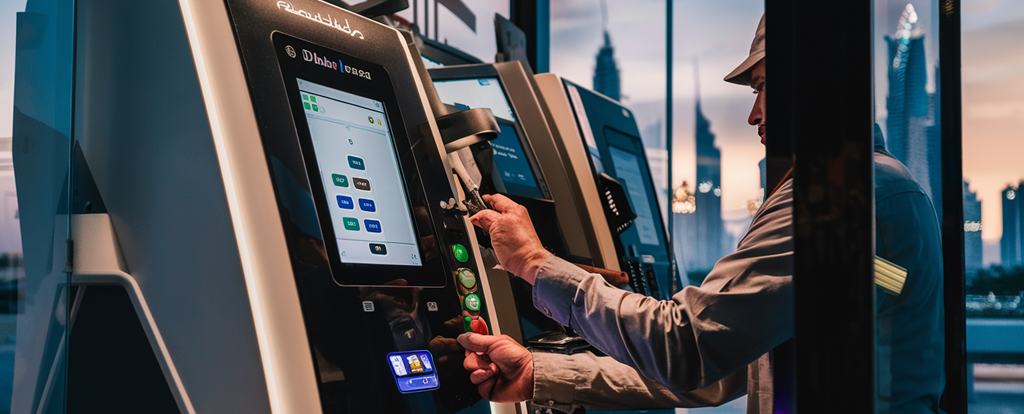Preventive Maintenance of Self-service Kiosks – Must do list! (2024)
Self-service kiosks might not require to function throughout the year 24/7. Their operational time depends on their typical use-case scenario or the settings at which they are deployed. For example: A banking kiosk deployed at a banking environment or an airport kiosk deployed at busy airports require 24/7 functionality, throughout the year. Whereas, a ticketing kiosk deployed for an event needs to be operational only for the specific time or duration of that event. The kiosk need not be operational after the culmination of the event, and maybe till the commencement of the next event. And hence, the self-service kiosk needs to be shelved for a considerable period of time
And here lies the importance of preventive maintenance of self-service kiosks.
Read on to understand the best practices related to self-service kiosk storage and maintenance.


What is the lifespan of a kiosk?
The shelf life of any product is the period of time that particular product can be kept in storage before losing its suitability for utilization or selling.
The average lifespan of a self-service kiosk machine is estimated to be 5 to 10 years.
Factors that determine kiosk lifespan
There are several factors that determine the kiosk lifespan. And they are listed below.
Depending upon the usage and maintenance, a well-designed and engineered kiosk machine can easily last for 7 to 10 years.
Preventive maintenance of self-service kiosk – General guidelines
If you are planning to shelf your self-service kiosk, for any reason, you should stick on to certain maintenance and storage guidelines. Adhering to these guidelines will keep the kiosk machine safe and functional for future use. And those guidelines are listed below.
Cleaning the kiosk machine
Cleaning comprises both exterior and interior cleaning of the kiosk machine.
a. Exterior cleaning of the kiosk machine
b. Interior cleaning
the materials required for interior cleaning are listed below.
Make sure the power supply is disconnected.
Use a combination of air duster and anti-static brush to remove dust from fans, vents and other sensitive components.
Dealing with hardware components
After you’ve opened the kiosk machine, kindly perform the instructions furnished below.
Remove battery - If the kiosk is equipped with an internal battery, it is advisable to remove the same to prevent leakage. Once the battery is removed, store it in a dry, cool place.
Remove consumables – remove receipts or papers of any kind. These consumables, if went unnoticed, might deteriorate and cause future jams in the machine.
Check for any damage – check for wear and tear in components, cable fraying, or any other abnormality. Address the issue before the kiosk provider. If any damage is found, keep a log of it.

Device Storage guidelines
When storing kiosk for future use, remember the 3 vital external parameters like temperature, humidity and dust.
Shelf-life of hardware components
Hardware components manufactured by reputed manufacturers when stored in ideal conditions provide maximum shelf life. The manufacturer’s storage guidelines may come in handy here.
Software maintenance
Now, preventive maintenance of self-service kiosks is not restricted to the hardware components alone.
Perform kiosk software maintenance prior to shelving the machine. The remote monitoring facility of Panashi self-service kiosk allows you to perform the task without site visits.
Prompt inspection at regular intervals

Inspections - Conduct kiosk inspections at regular intervals and keep note of any damage, change of colour, or signs of corrosion.
Testing – in order to check the functionality of various kiosk components, perform a Power-on test at regular intervals. Powering on the system periodically helps in the early detection of issues.
Kiosk security-related guidelines
Store the shelved kiosk at your location, preferably at your warehouse or in an indoor location where you have exclusive access. Safety of the location has paramount importance.
The security of the kiosk is vital because any unauthorized breach or access to the kiosk machine can compromise the security of the components.
If the kiosk is equipped with any locking feature, please have it locked for added safety.
Maintenance documentation
Keeping a record of the maintenance activities makes you well-informed and updated about the kiosk machine during the shelving period. Note down the date of inspection, findings, actions taken, if any, etc.
Component details – Have a precise understanding of the hardware components prior to shelving. You may conduct kiosk check-ups at regular intervals and get the latest updates about the condition of the components.
Real-World scenarios
Keeping a record of the maintenance activities makes you well-informed and updated about the kiosk machine during the shelving period. Note down the date of inspection, findings, actions taken, if any, etc.
Component details – Have a precise understanding of the hardware components prior to shelving. You may conduct kiosk check-ups at regular intervals and get the latest updates about the condition of the components.
Conclusion
By adhering to these guidelines, you can ensure the kiosk remains in top-notch condition during its shelf-life period. The kiosk machine not only remains in pristine condition, but will be ready to resume the operations as expected for the future requirements.
Panashi has a comprehensive preventive maintenance policy in place which we offer to all our clients as part of the service level agreement.
We are perfectly aware of the kiosk shelf-life scenarios in the middle-east context, thanks to our esteemed clients in the UAE.
For any support or consultation regarding preventive maintenance of self-service kiosks, feel free to get in touch with our technical team.
